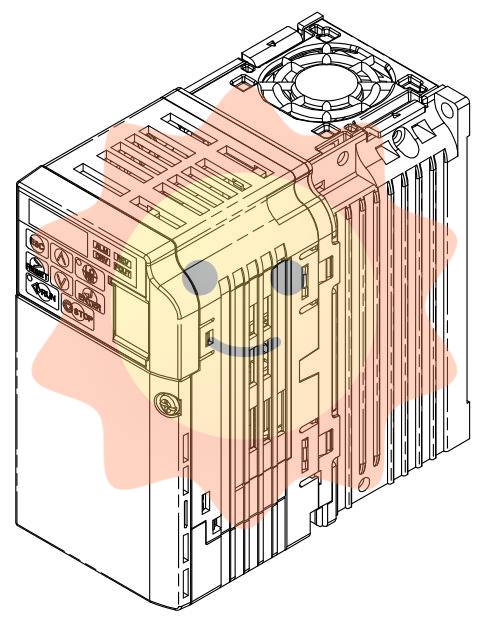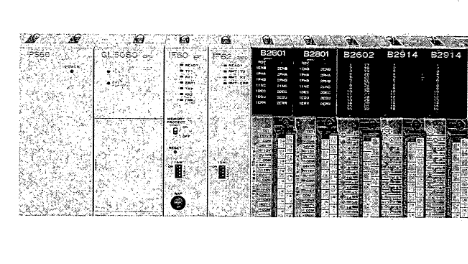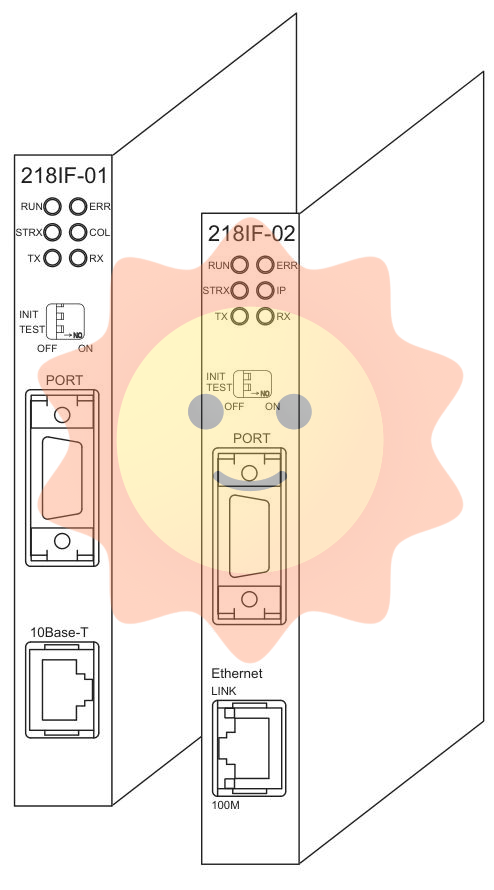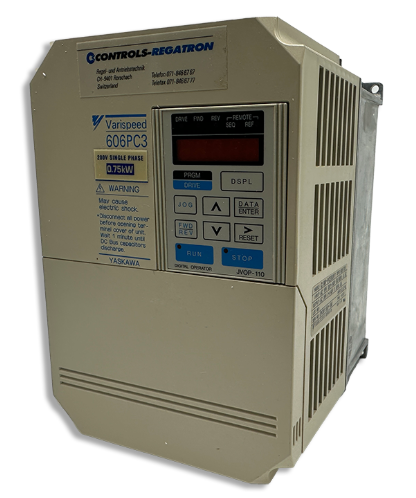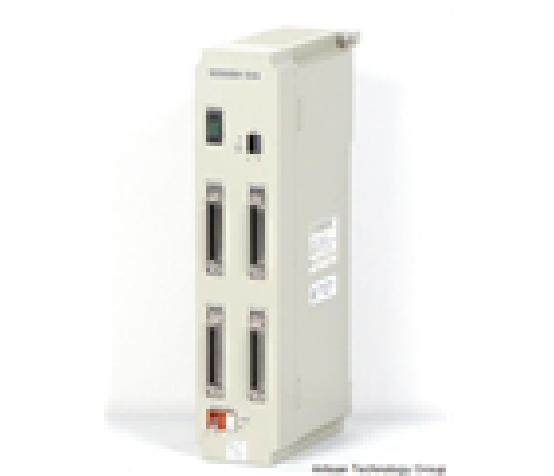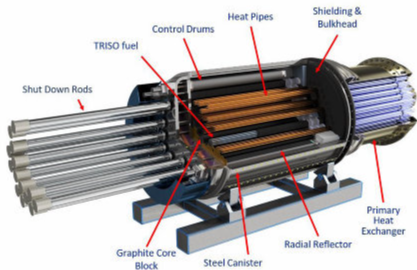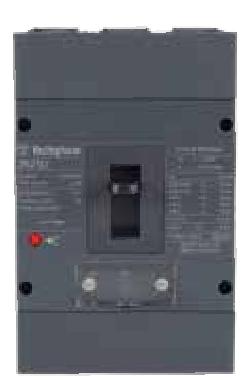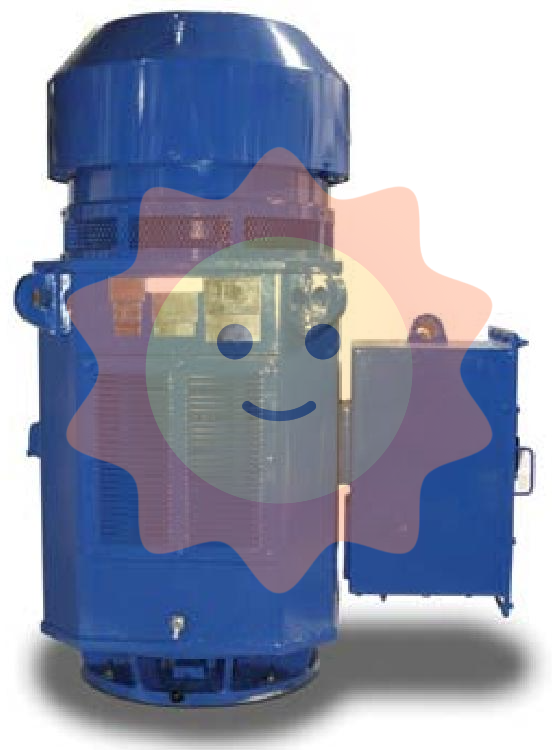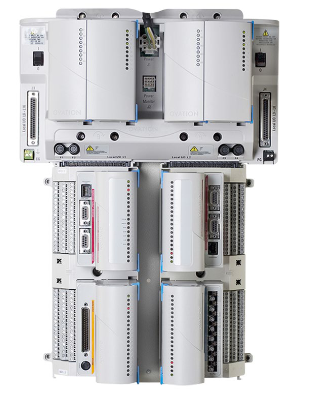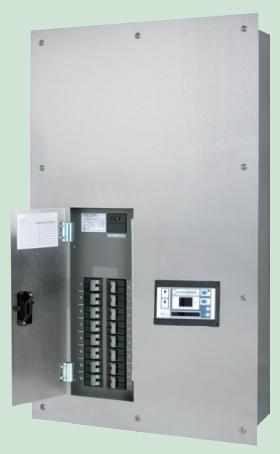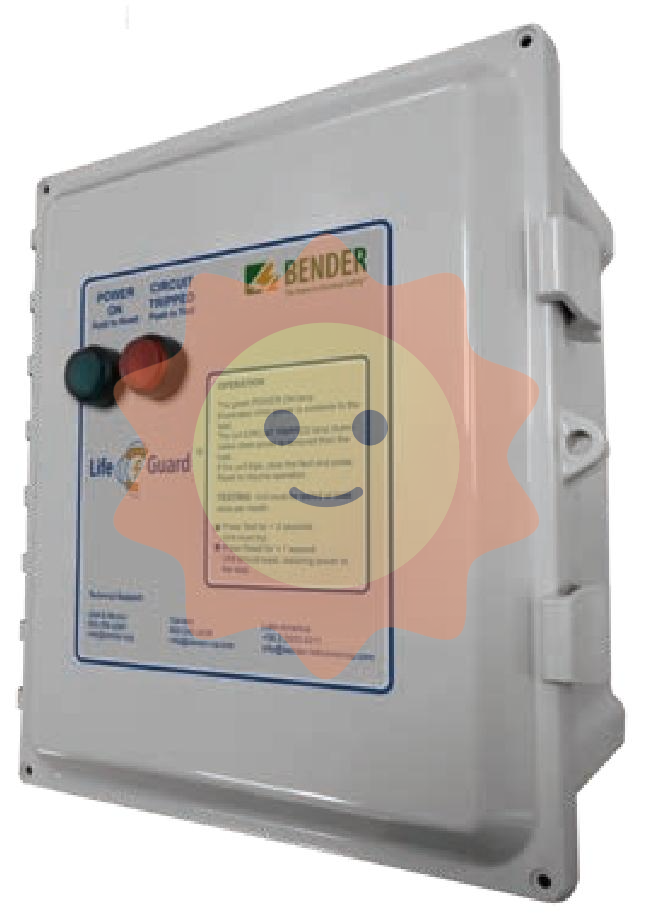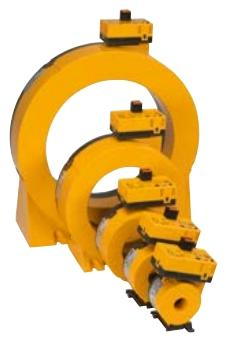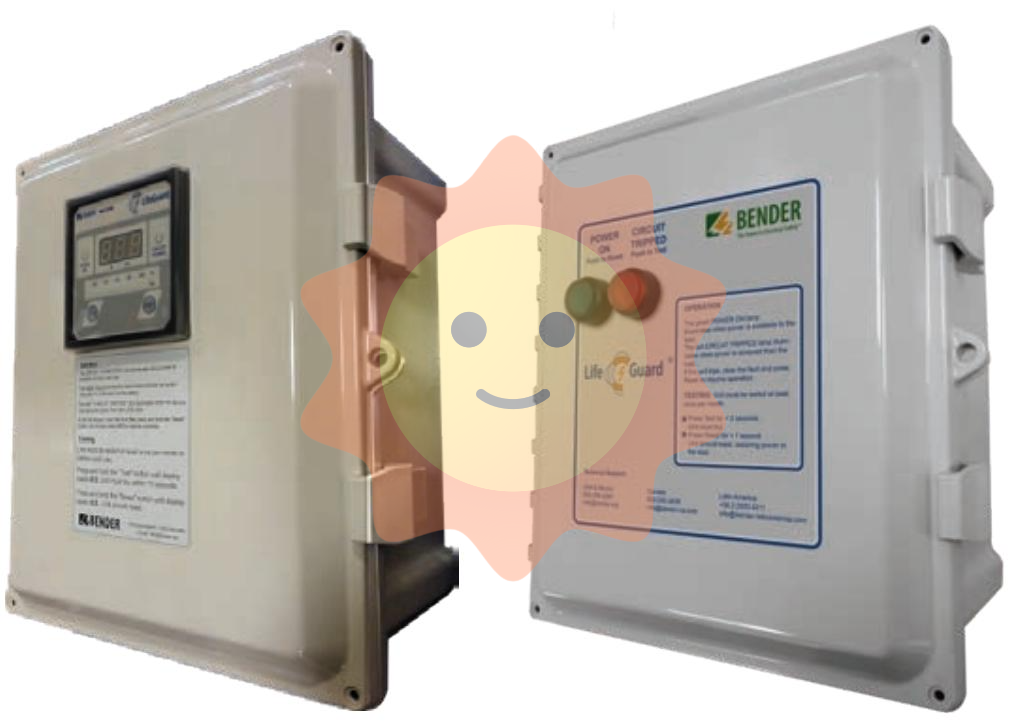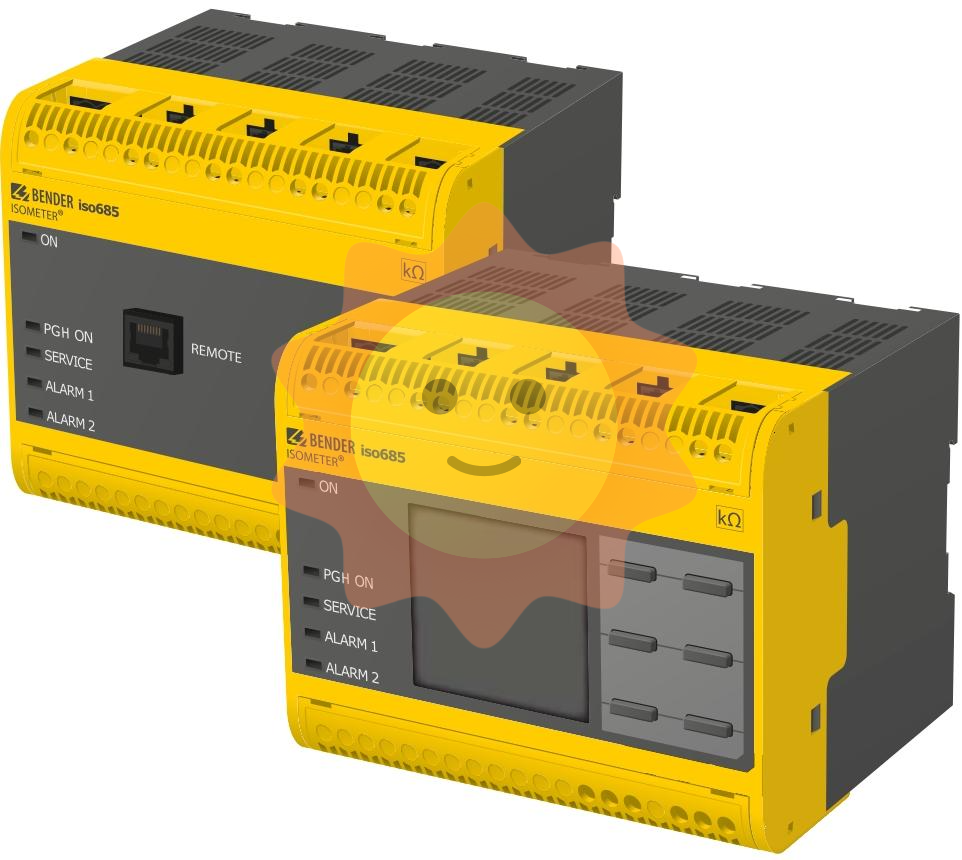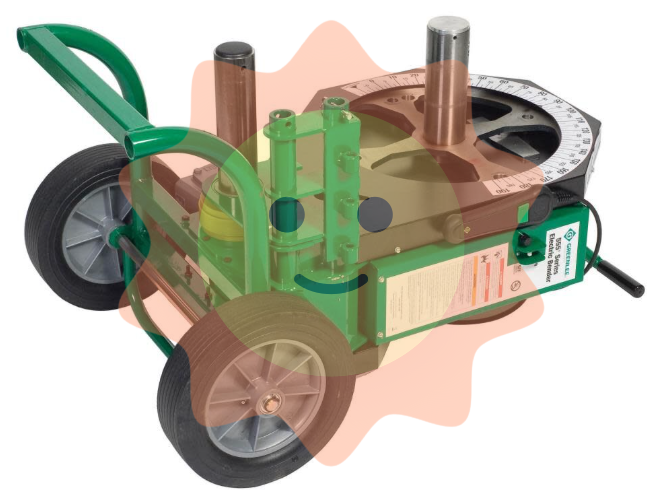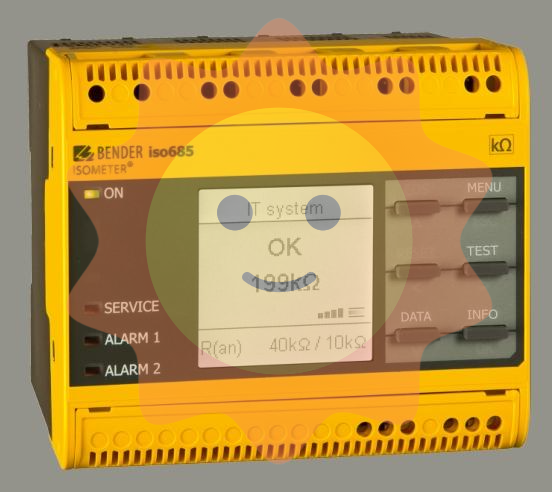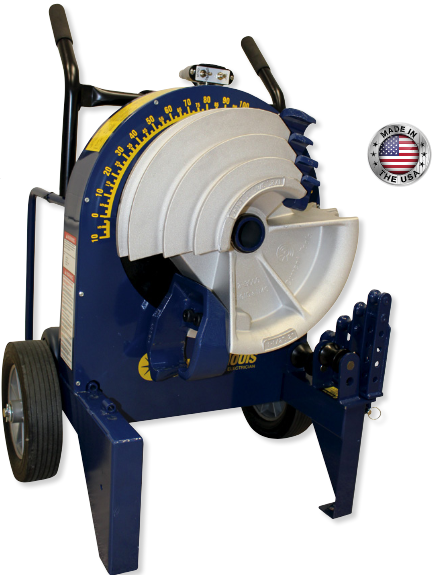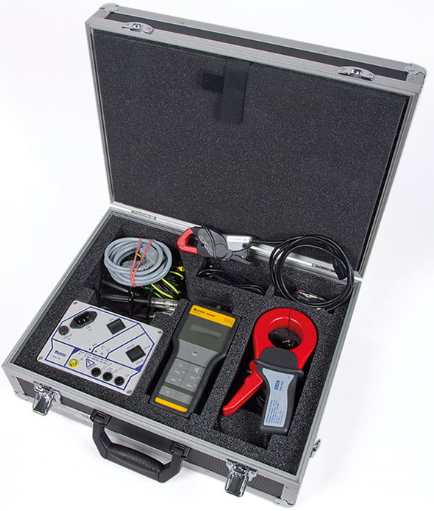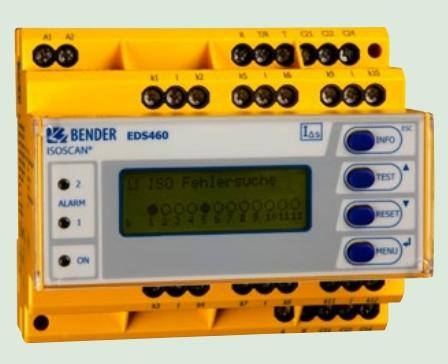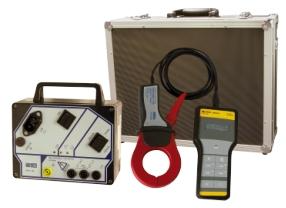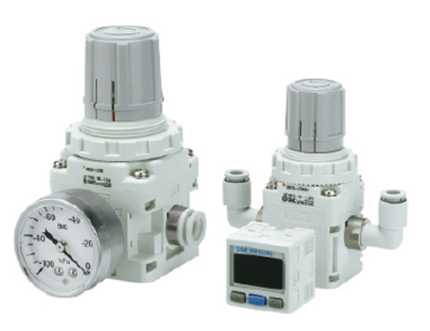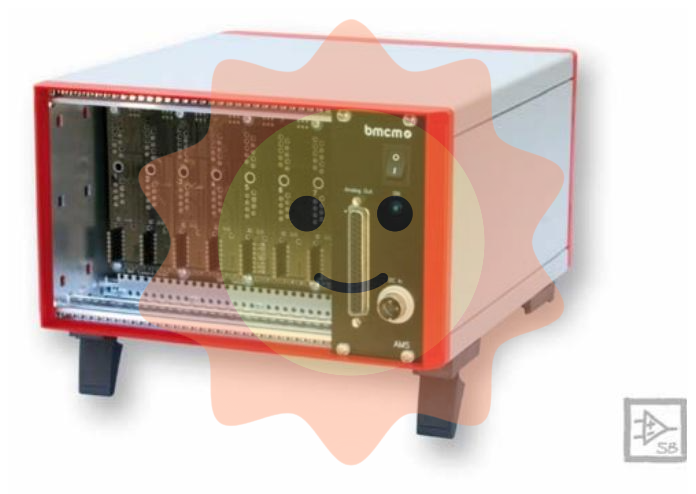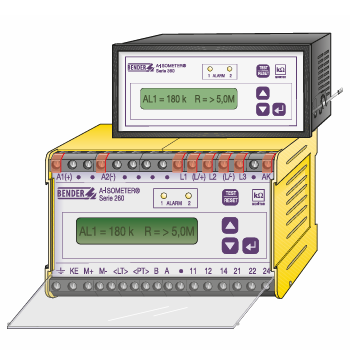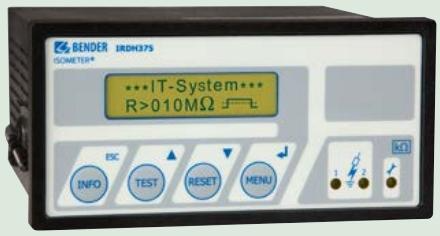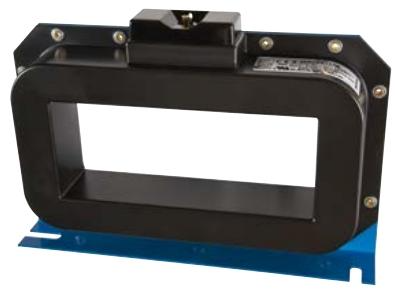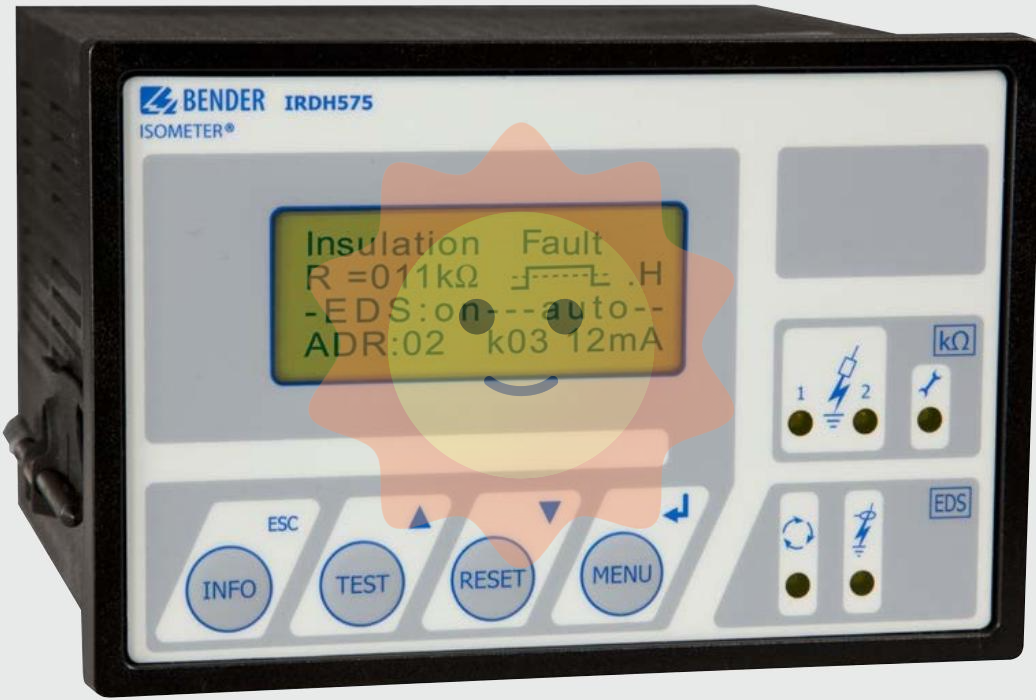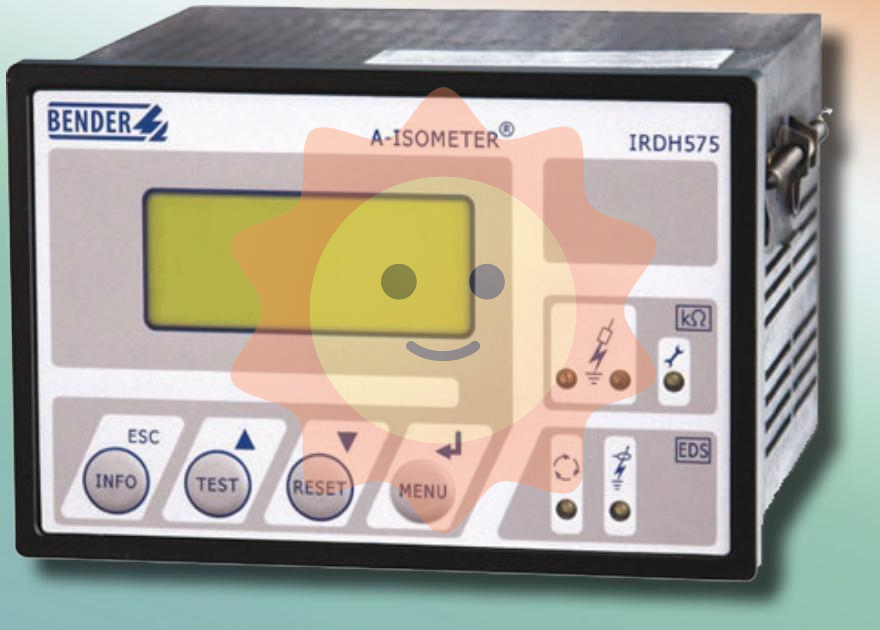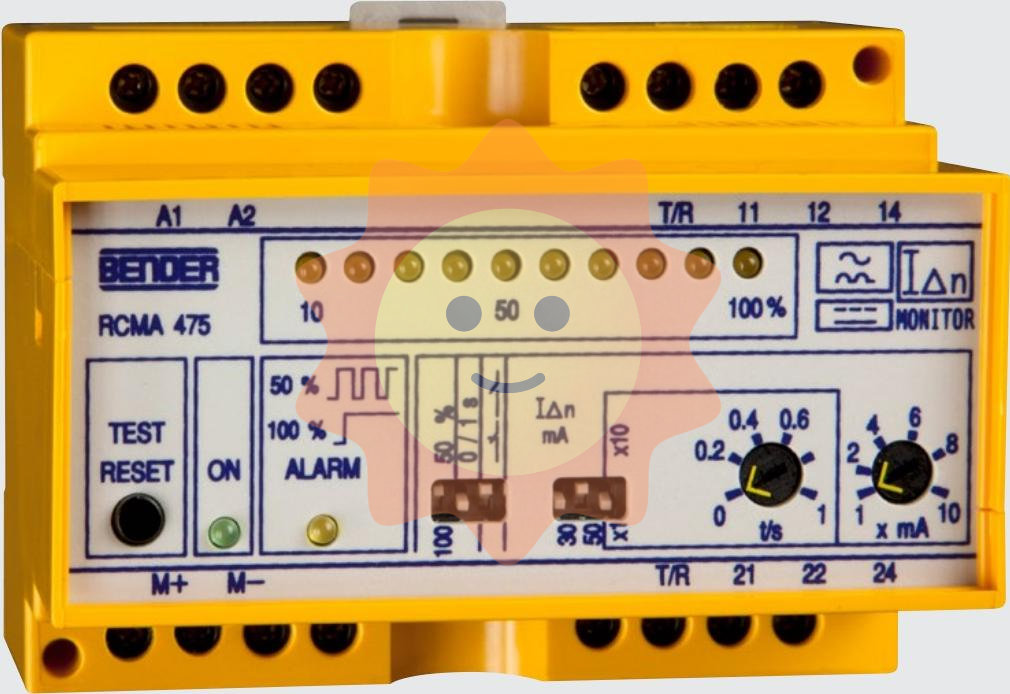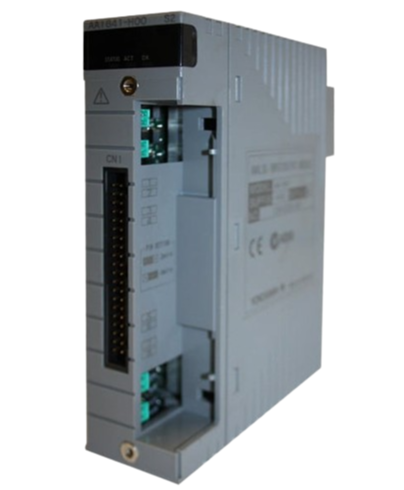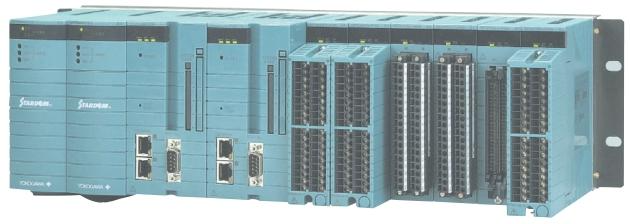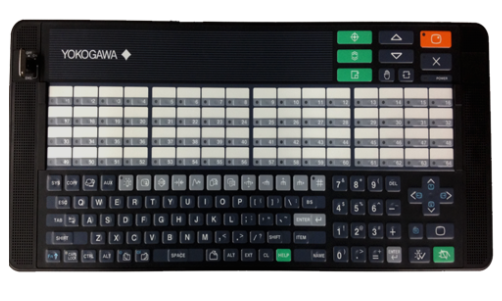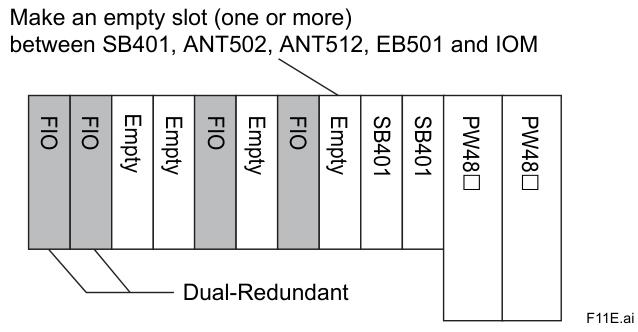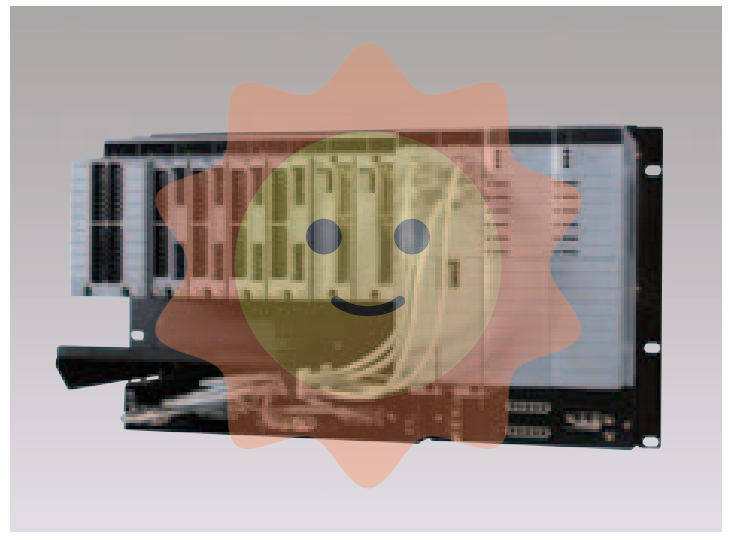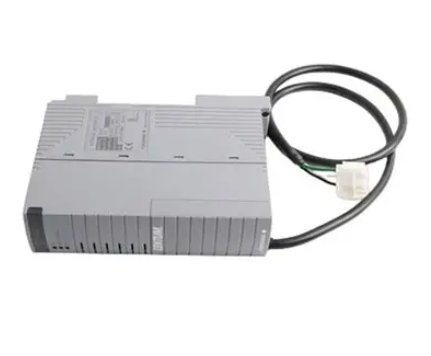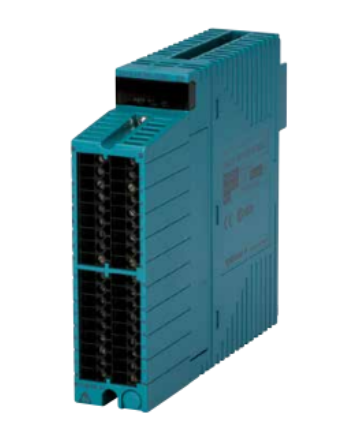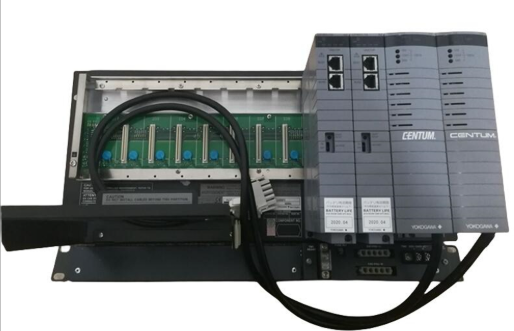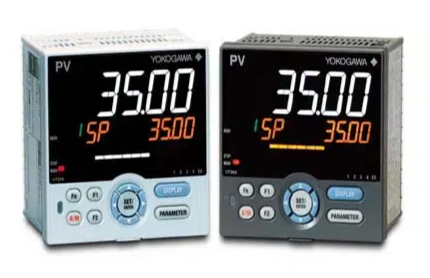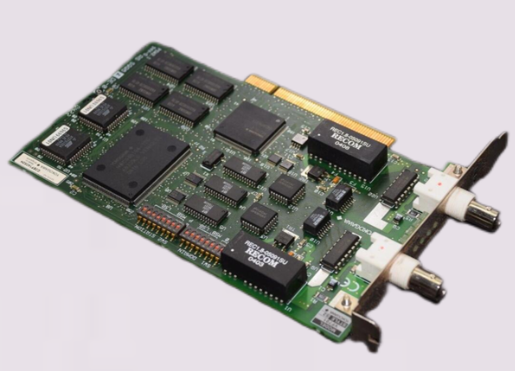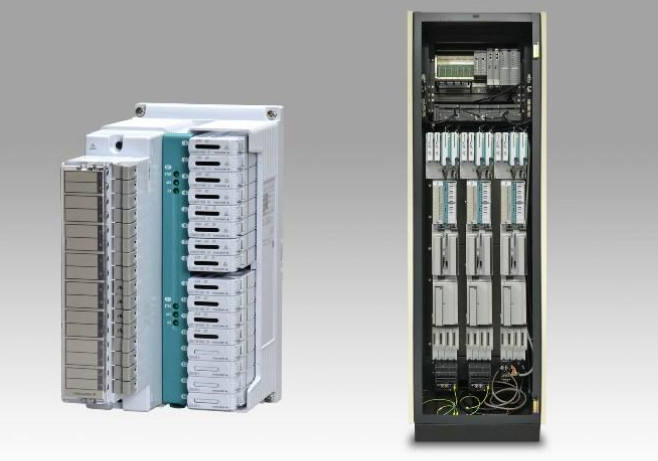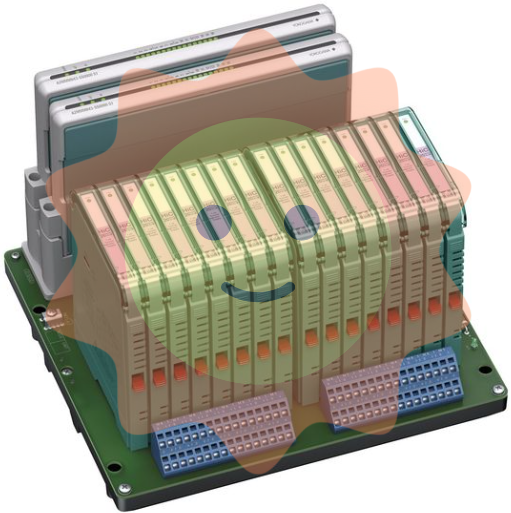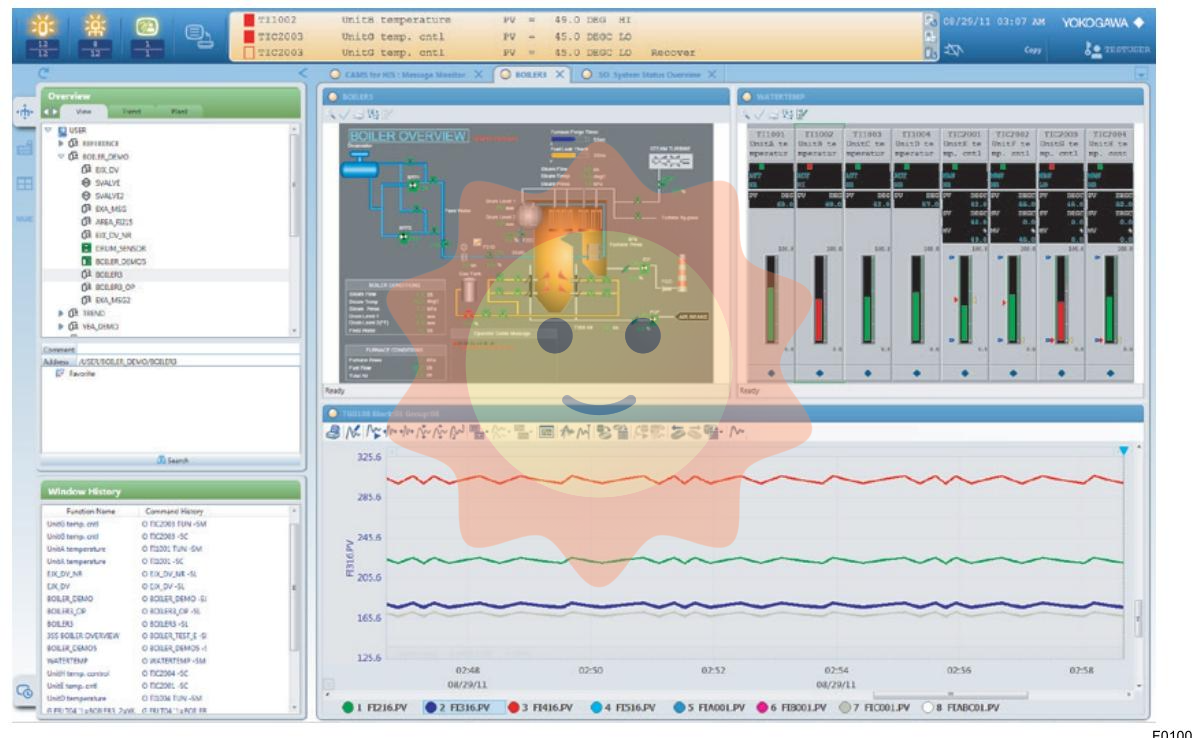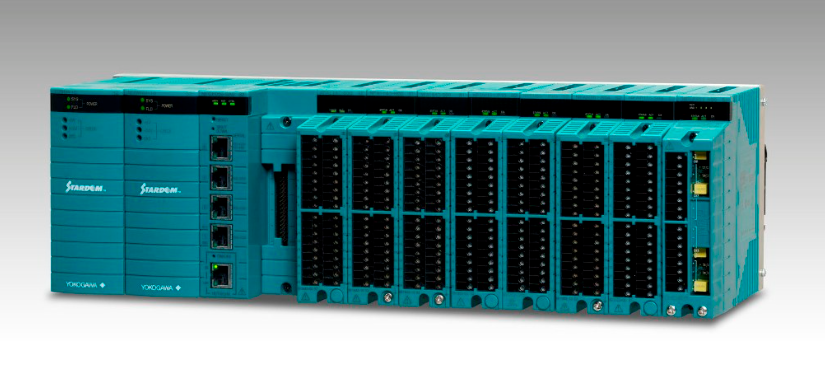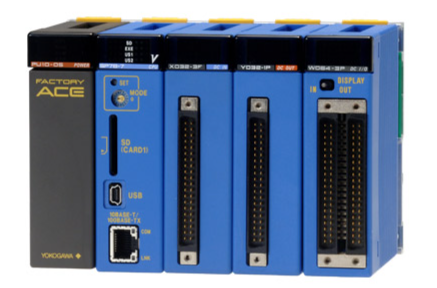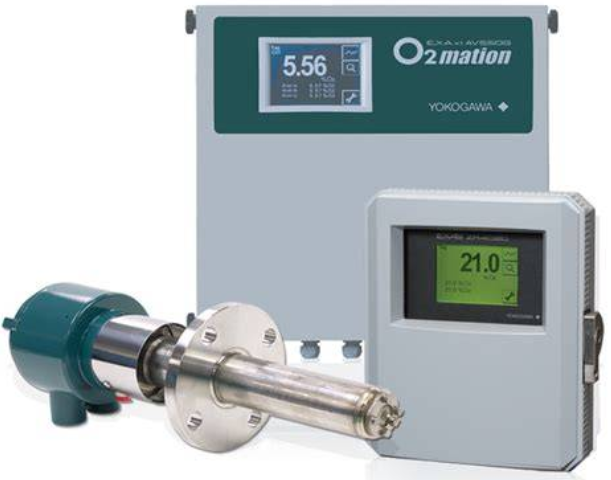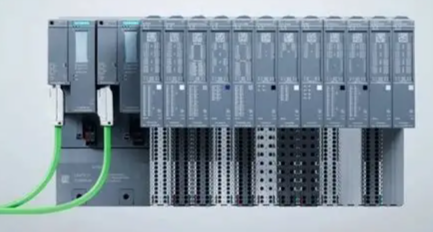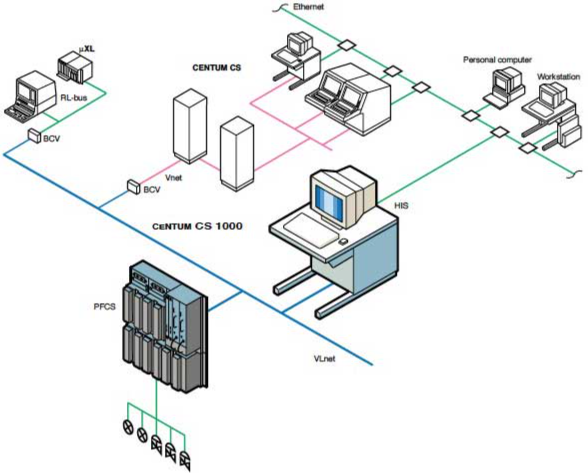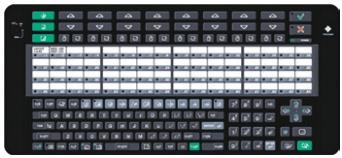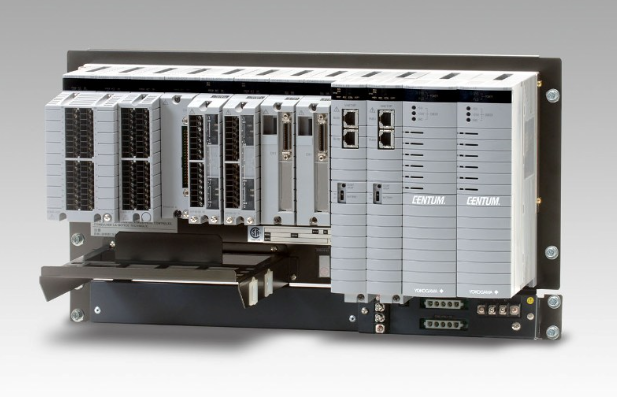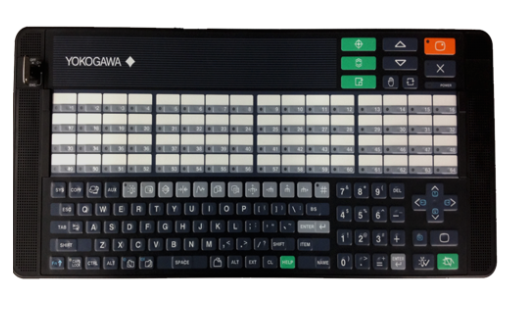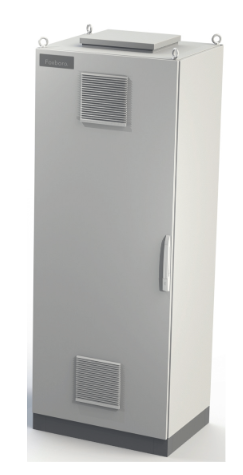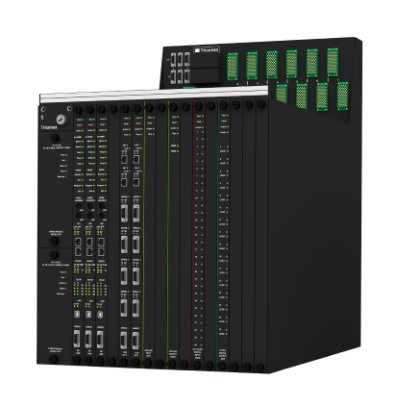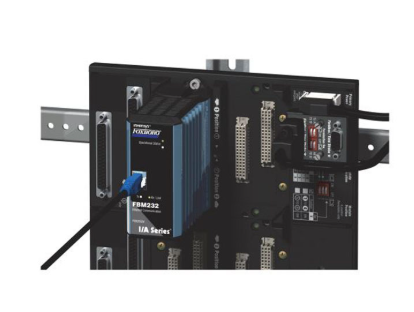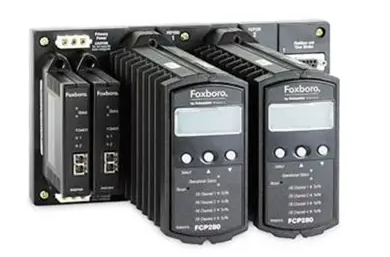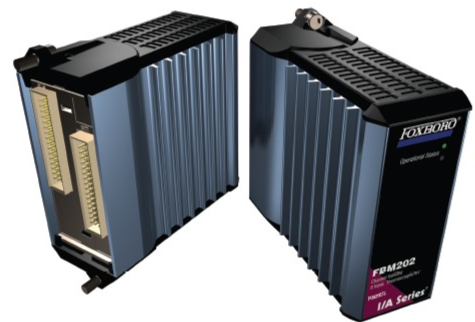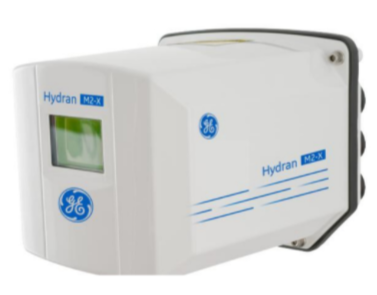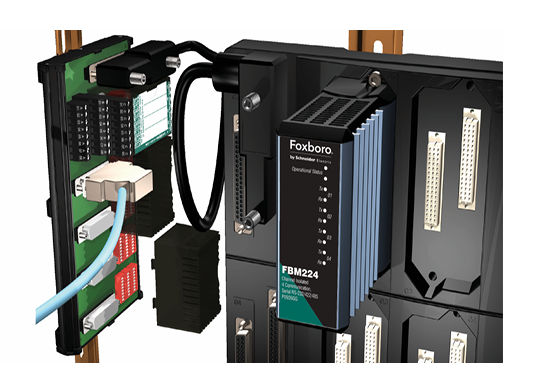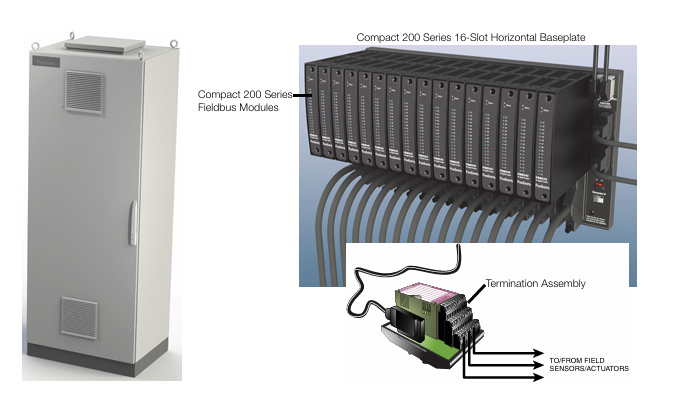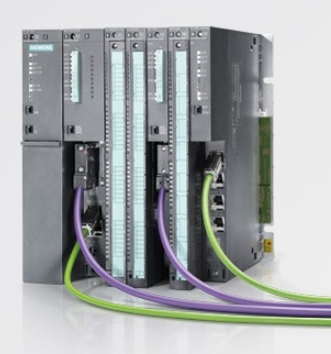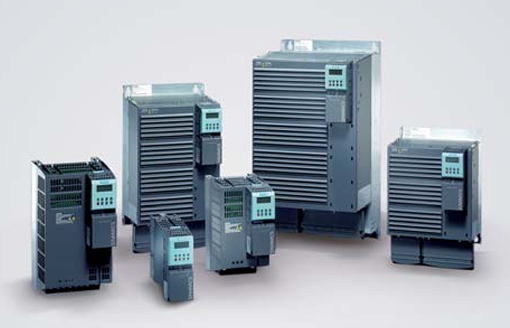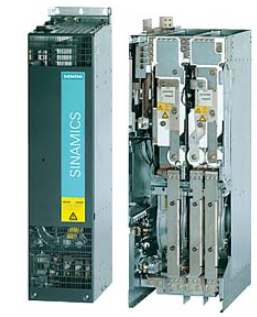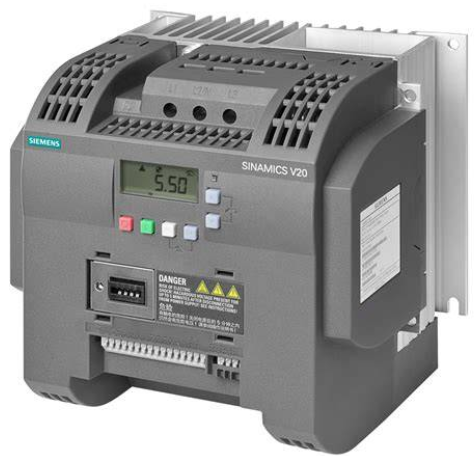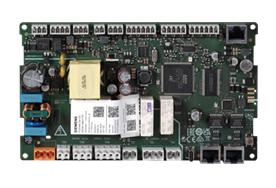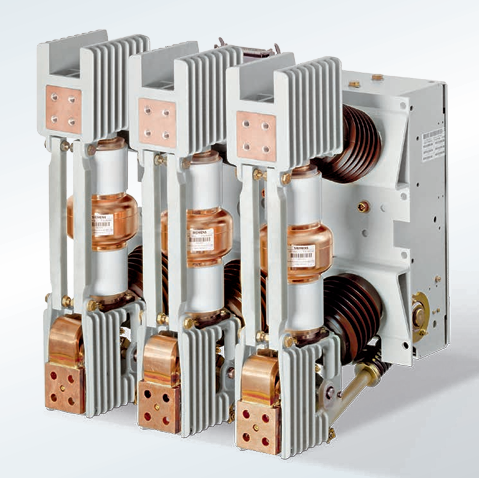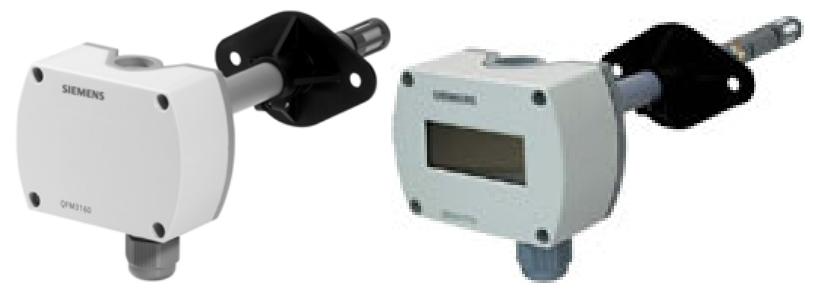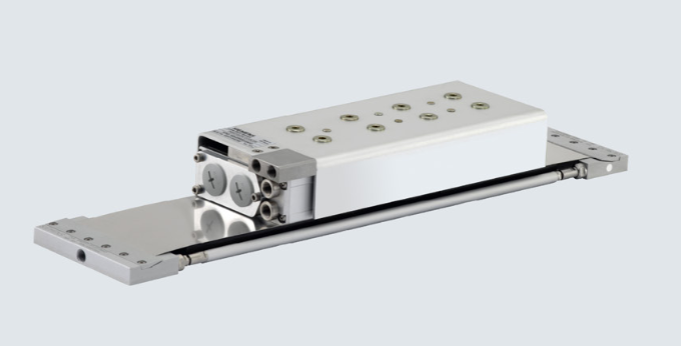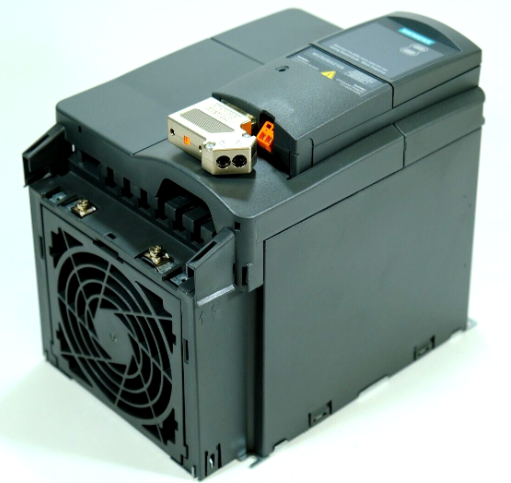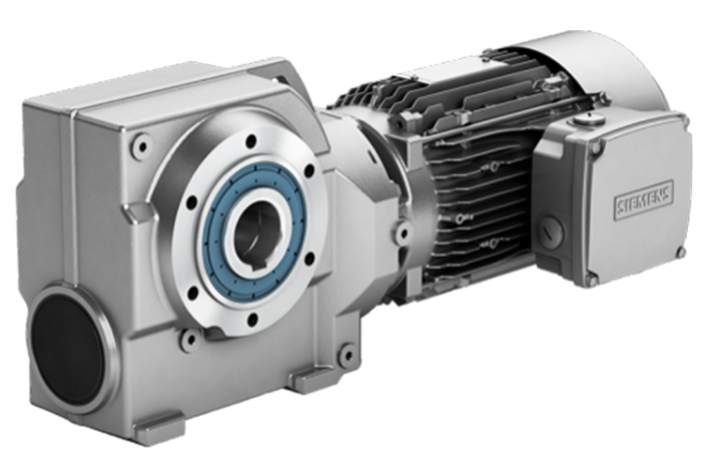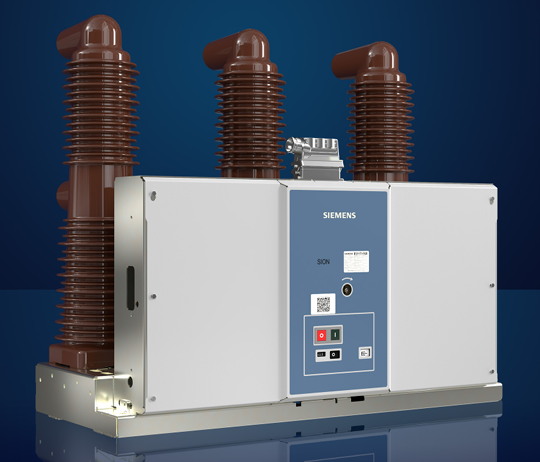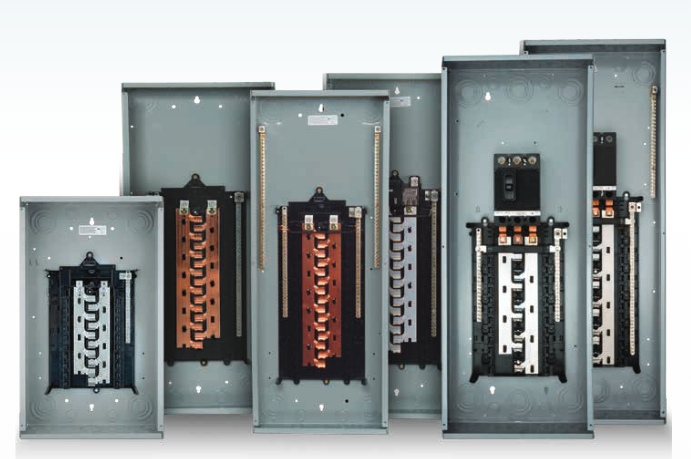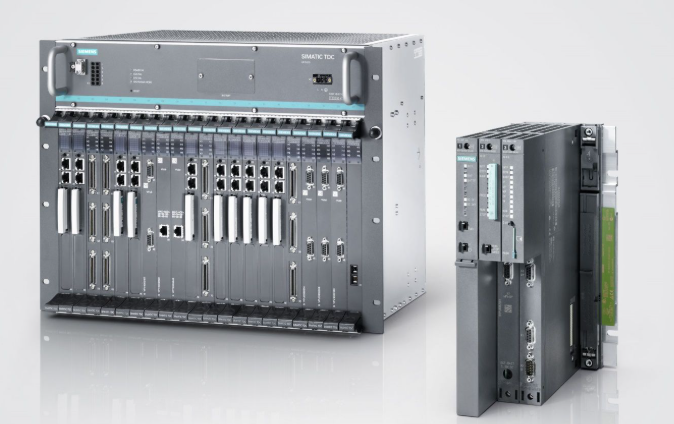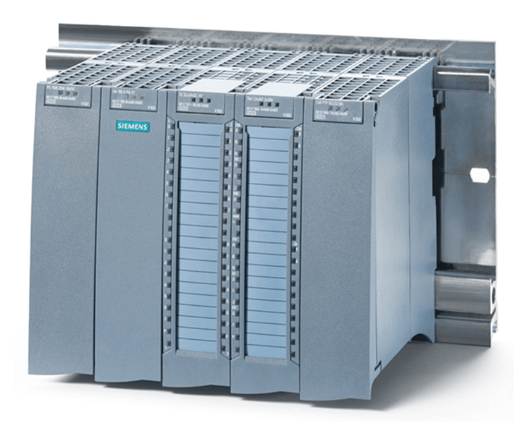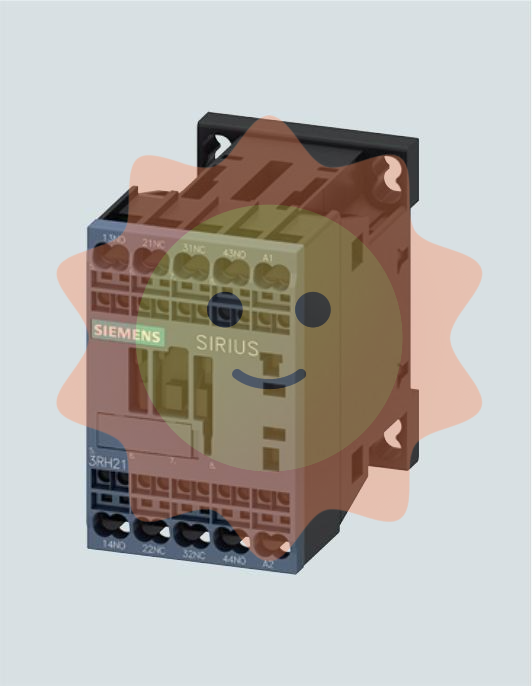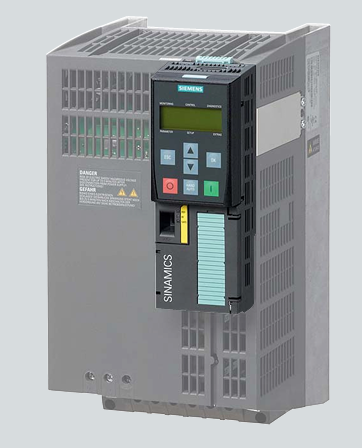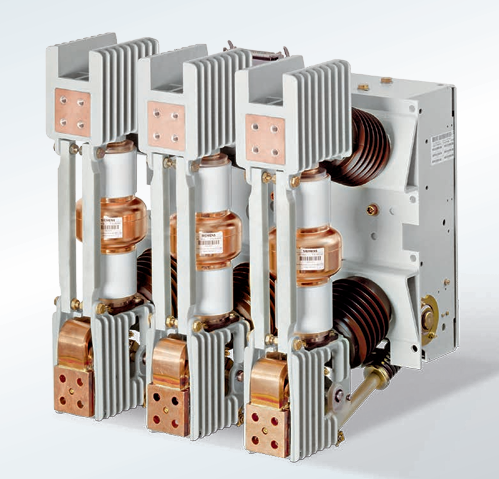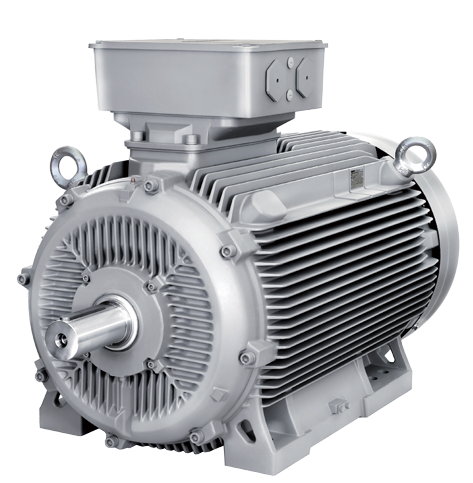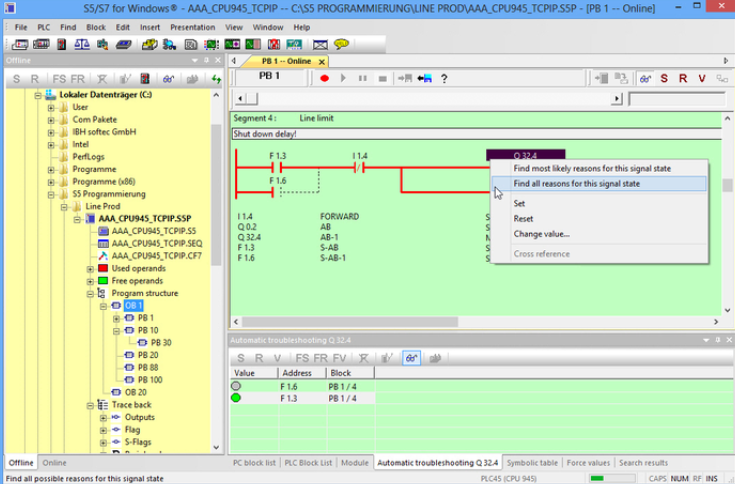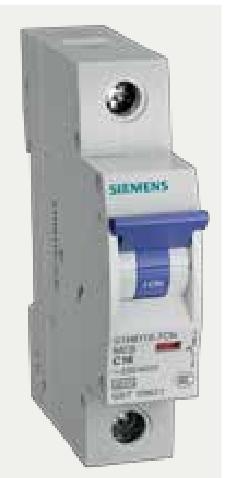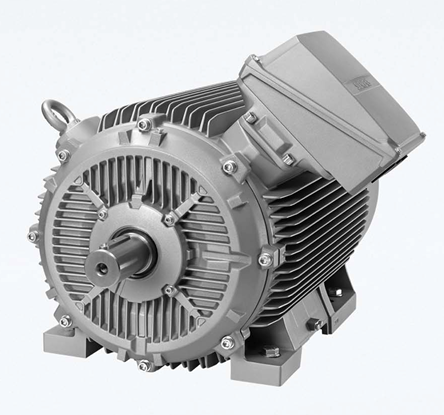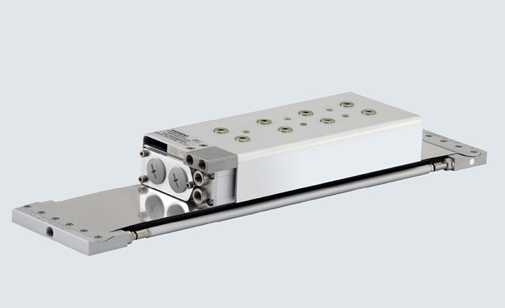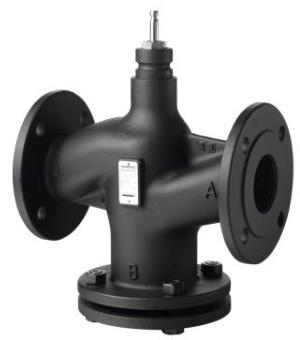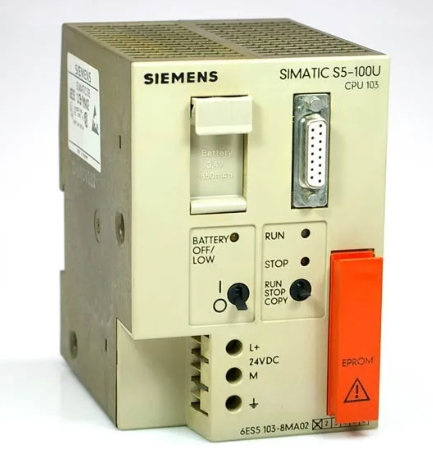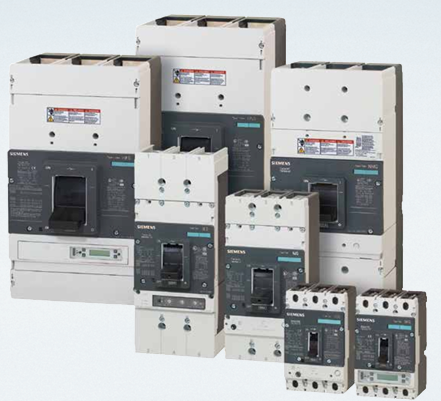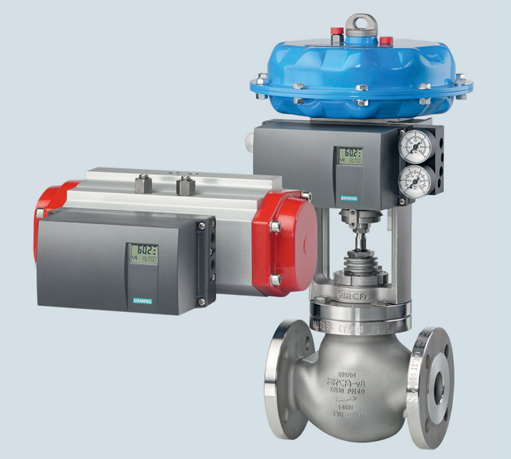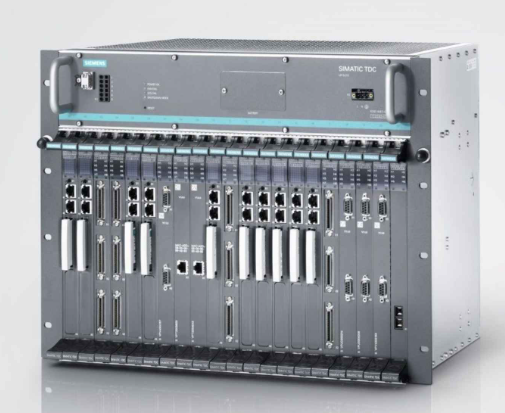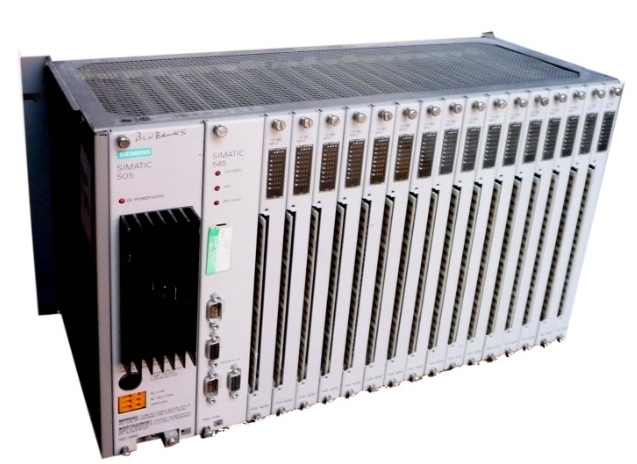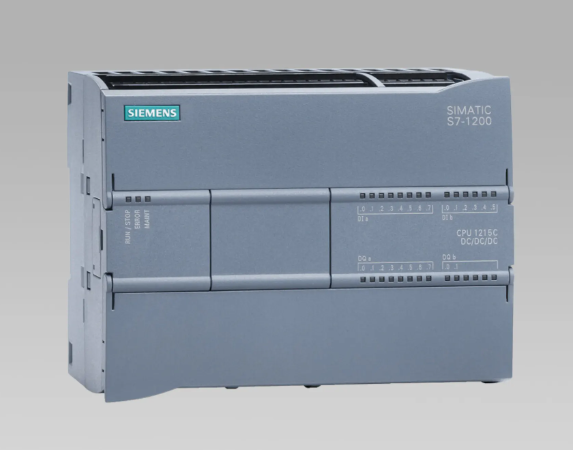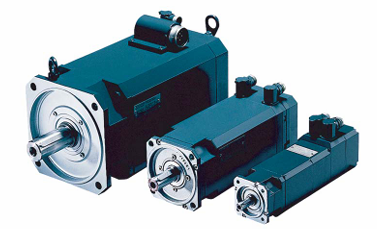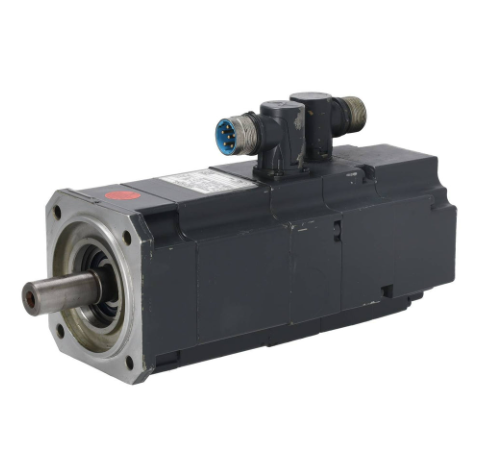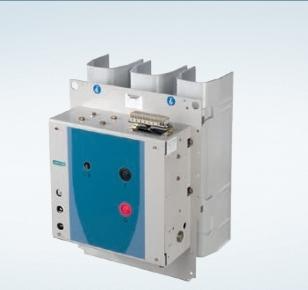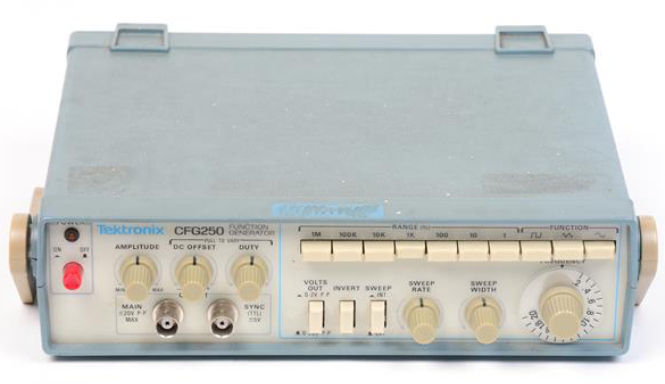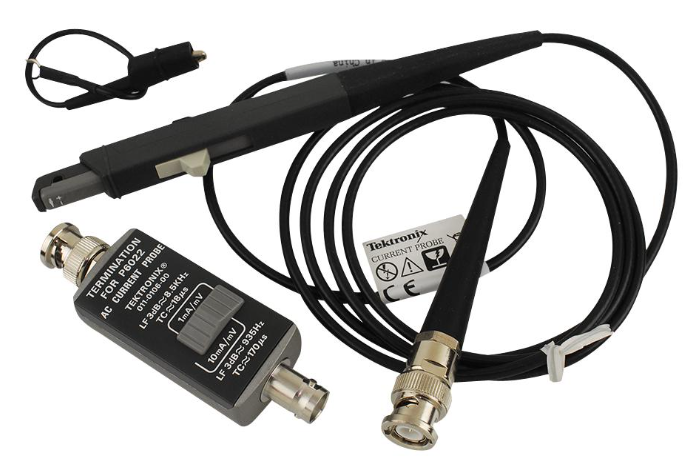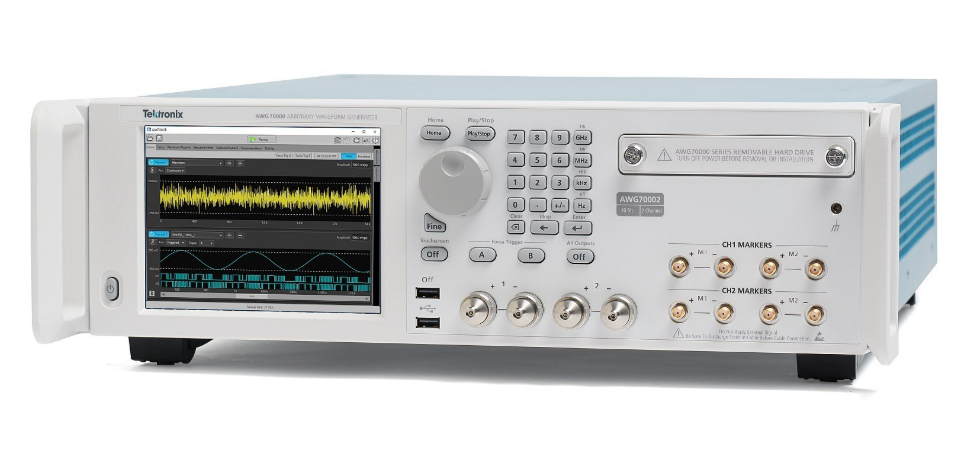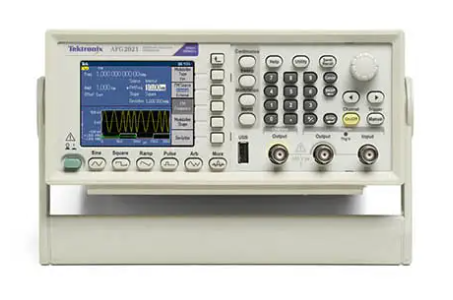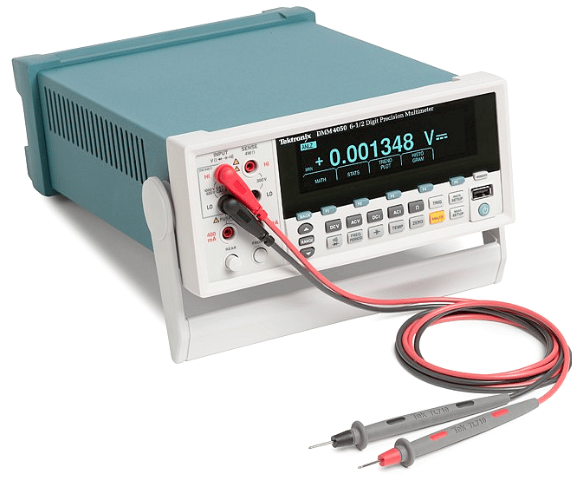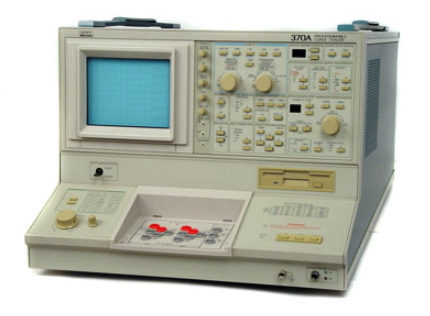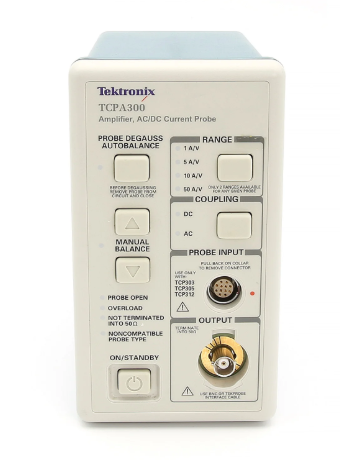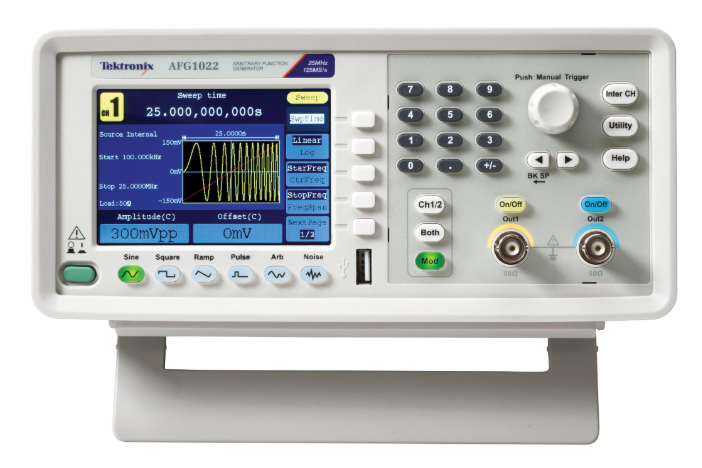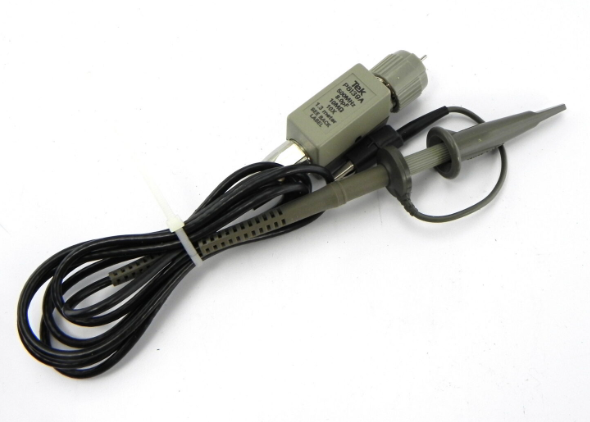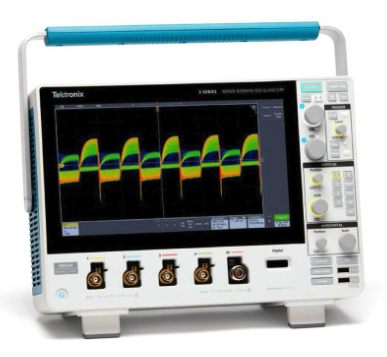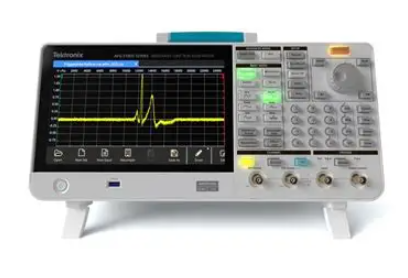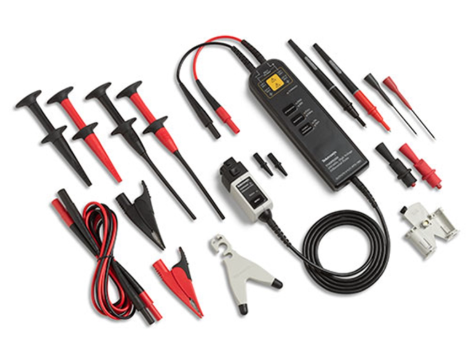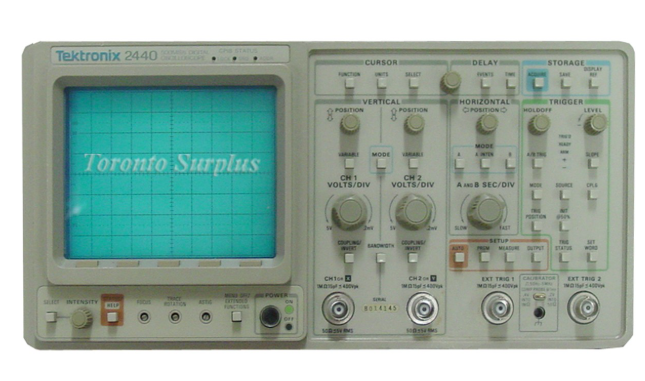GE DS3800DLCB Analog Daughter Board of NLCB
GE DS3800DLCB Analog Daughter Board of NLCB
Part Number DS3800DLCB Manufacturer General Electric Country of Manufacture As Per GE Manufacturing Policy Series Mark VI/VIe Function Module Availability In StockDS3800DLCB is an Analog Daughter Board of NLCB manufactured and designed by General Electric as part of the Mark IV Series used in GE Speedtronic Gas Turbine Control Systems. It is designed to handle analog functions in an electronic system.
It is often used in conjunction with a main or baseboard that may be primarily digital in nature. The purpose of an analog daughterboard is to provide analog signal processing, conversion, or interfacing capabilities. Analog daughterboards are commonly used in applications where precise analog signal processing is required, such as in audio systems, instrumentation, or communication devices. They might include components like analog-to-digital converters (ADCs), digital-to-analog converters (DACs), amplifiers, filters, and other analog circuitry. The features of an analog daughterboard can vary depending on the specific application and the requirements of the electronic system it is designed for.
However, here are some common features that you might find on an analog daughter board: Analog-to-Digital Converters (ADCs): Many analog daughter boards include ADCs to convert analog signals into digital data that can be processed by the main digital circuitry. Digital-to-Analog Converters (DACs): DACs are used to convert digital signals back into analog form. This is important in applications where the output needs to be in analog format, such as audio systems. Amplifiers: Amplifiers are often included to boost the strength of analog signals. This is particularly important in applications where signal strength needs to be maintained or increased. Filters: Analog daughterboards may include various types of filters, such as low-pass, high-pass, or band-pass filters, to shape or isolate certain frequency components of the analog signals.
Signal Conditioning: Components for signal conditioning, such as voltage regulators, may be present to ensure stable and reliable analog signal processing. Interface Components: Analog daughter boards might include connectors or interface components to facilitate connections with external devices or sensors. Precision Components: In applications that demand high precision, analog daughterboards may include precision resistors, capacitors, and other components to ensure accuracy in signal processing. Isolation Circuitry: In some cases, isolation circuitry is included to protect sensitive components or to prevent interference between different parts of the circuit. Calibration Features: For applications requiring precise measurements, analog daughterboards might include calibration features to ensure accuracy over time. Flexible Configuration: Modular and flexible designs allow for different daughter boards to be used interchangeably based on the specific requirements of the application.
Features
▪ Contains 10 Mbytes of battery-backed user memory and 10 Mbytes of non-volatile flash user memory.
▪ Provides access to bulk memory via reference table %W.
▪ Configurable data and program memory.
▪ Programming in Ladder Diagram, C, Structured Text, and Function Block Diagram.
▪ Supports auto-located Symbolic Variables that can use any amount of user memory.
▪ Reference table sizes include 32Kbits for discrete %I and %Q and up to 32K words each for analog %AI and %AQ.
▪ Supports Series 90-70 discrete and analog I/O, communications, and other modules. For a list of modules supported, refer to the PACSystems RX7i Installation Manual, GFK-2223.
▪ Supports all VME modules supported by Series 90-70.
▪ Supports RX7i data monitoring over the web. Allows a combined total of up to 16 web server and FTP connections.
▪ Supports up to 512 program blocks. Maximum size for a block is 128KB.
▪ Test Edit mode allows you to easily test modifications to a running program.
▪ Bit-in-word referencing.
▪ Battery-backed calendar clock.
▪ In-system upgradeable firmware.
▪ Three isolated serial ports: an RS-485 serial port, an RS-232 serial port, and an RS-232 Ethernet station manager serial port.
▪ The embedded Ethernet interface provides:
- Data exchange using Ethernet Global Data (EGD)
- TCP/IP communication services using SRTP
- Support for SRTP Channels, Modbus/TCP Server, and Modbus/TCP Client
- Full programming and configuration services
- Comprehensive station management and diagnostic tools
- Two full-duplex 10BaseT/100BaseT/TX (RJ-45 Connector) ports with an internal network switch providing auto-negotiated network speed, duplex mode, and crossover detection.
- User-configurable Redundant IP address
- Time synchronization to SNTP time server on Ethernet network (when used with Release 5.00 or later CPU module).

- User name Member Level Quantity Specification Purchase Date
- Satisfaction :
-









Email:wang@kongjiangauto.com

